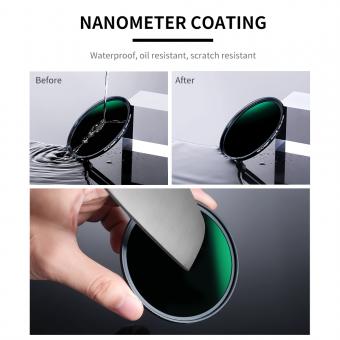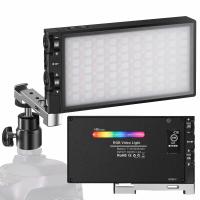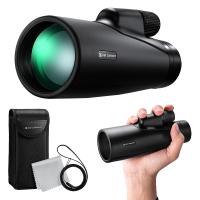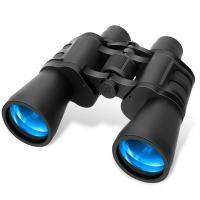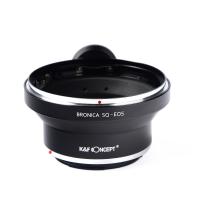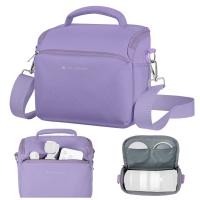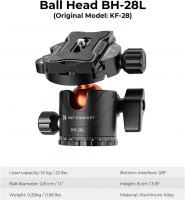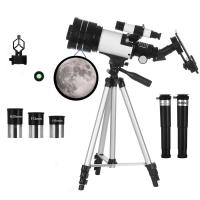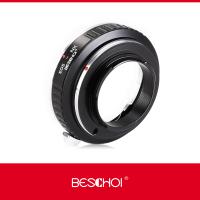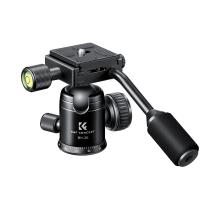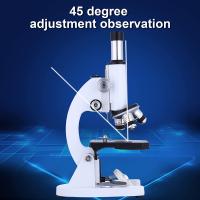What Is An Nd Filter On A Camera ?
An ND filter, short for Neutral Density filter, is a type of camera filter that reduces the amount of light entering the camera lens without affecting the color or hue of the image. It is essentially a darkened piece of glass or plastic that is placed in front of the lens to block some of the light. ND filters are commonly used in photography and videography to achieve certain creative effects, such as blurring motion or creating shallow depth of field in bright lighting conditions. They are also useful for shooting in bright sunlight, as they allow the photographer to use slower shutter speeds or wider apertures without overexposing the image. ND filters come in different strengths, measured in stops, which indicate how much light they block. The higher the number of stops, the darker the filter and the more light it blocks.
1、 ND Filter Sub-Dimensions:

What is an ND filter on a camera?
An ND filter, or neutral density filter, is a type of camera filter that reduces the amount of light entering the camera lens without affecting the color or hue of the image. ND filters are commonly used in photography and videography to achieve certain creative effects or to compensate for bright lighting conditions.
ND filters come in different strengths, or "stops," which refer to the amount of light they block. For example, a 1-stop ND filter reduces the amount of light entering the lens by half, while a 3-stop ND filter reduces it by eight times. The strength of the filter is indicated by a number, such as ND2, ND4, ND8, etc.
ND filters are particularly useful in situations where the photographer or videographer wants to use a wider aperture or slower shutter speed to achieve a certain effect, such as a shallow depth of field or motion blur. Without an ND filter, the image would be overexposed and washed out.
In recent years, there has been a trend towards using variable ND filters, which allow the user to adjust the strength of the filter by rotating it. This can be particularly useful in situations where the lighting conditions are constantly changing, such as during a sunset or sunrise.
Overall, ND filters are a valuable tool for any photographer or videographer looking to achieve certain creative effects or compensate for bright lighting conditions.
2、 Definition and Function
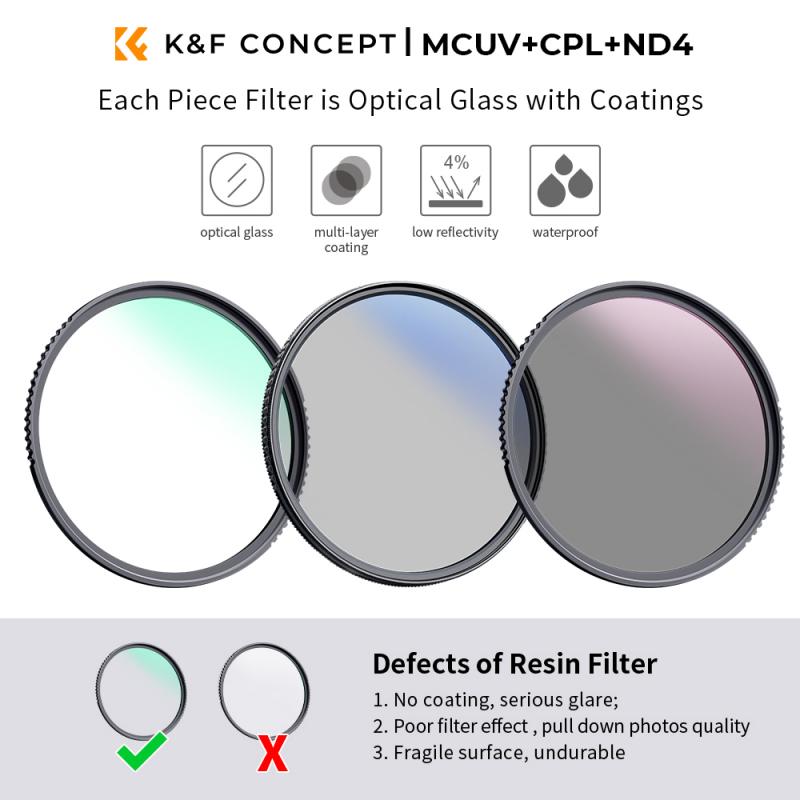
An ND filter, or neutral density filter, is a camera accessory that reduces the amount of light entering the camera lens without affecting the color or hue of the image. It is essentially a piece of glass or resin that is placed in front of the lens, and it comes in different levels of density, measured in stops. The higher the density, the more light is blocked.
The main function of an ND filter is to allow photographers to use longer shutter speeds or wider apertures in bright conditions, without overexposing the image. This is particularly useful in landscape photography, where a longer exposure can create a sense of motion in water or clouds, or in portrait photography, where a wider aperture can create a shallow depth of field and blur the background.
ND filters are also commonly used in video production, where they allow filmmakers to use wider apertures and slower shutter speeds to achieve a cinematic look, even in bright daylight conditions.
The latest point of view:
In recent years, ND filters have become increasingly popular among drone photographers and videographers, as they allow for smoother and more cinematic footage. They are also commonly used in astrophotography, where a longer exposure can capture more stars and detail in the night sky.
Some newer cameras, particularly mirrorless cameras, have built-in ND filters that can be activated electronically, eliminating the need for a physical filter. However, for photographers and videographers using older or more traditional cameras, ND filters remain an essential accessory for achieving creative control over exposure and depth of field.
3、 Types of ND Filters
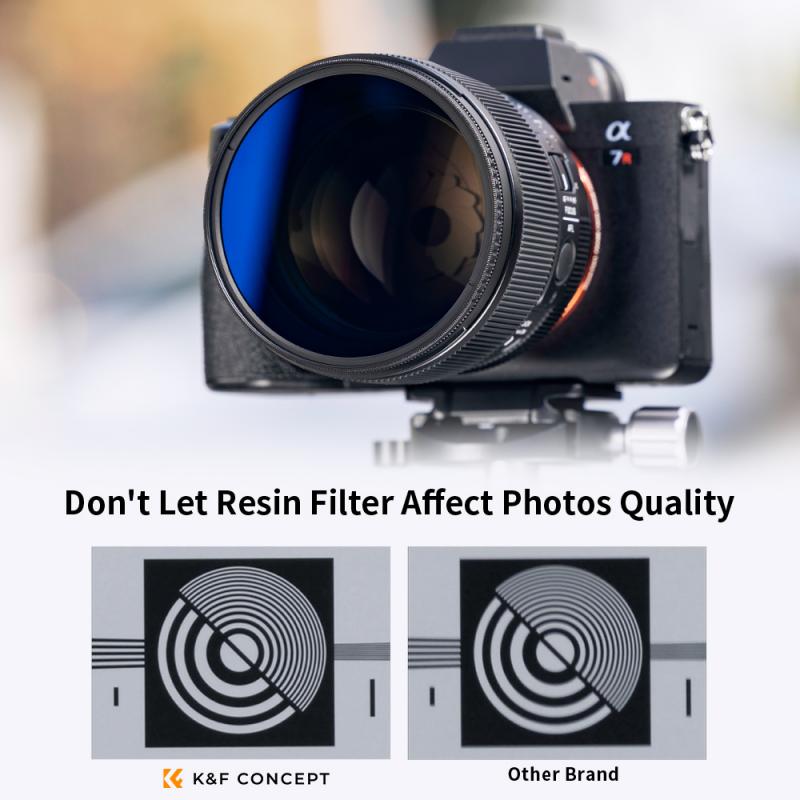
What is an ND filter on a camera?
An ND filter, or neutral density filter, is a type of camera filter that reduces the amount of light entering the camera lens without affecting the color or hue of the image. ND filters are commonly used in photography and videography to achieve certain creative effects, such as blurring motion or creating shallow depth of field in bright lighting conditions.
ND filters come in different strengths, measured in stops, which indicate how much light they block. For example, a 1-stop ND filter reduces the amount of light entering the lens by half, while a 10-stop ND filter reduces it by a factor of 1,000.
Types of ND Filters:
There are several types of ND filters available on the market, including screw-on filters, square filters, and variable ND filters. Screw-on filters are the most common type and are attached directly to the lens. Square filters are larger and require a filter holder to attach to the lens. Variable ND filters allow the user to adjust the strength of the filter by rotating the filter ring.
The latest point of view on ND filters is that they are an essential tool for photographers and videographers who want to achieve creative effects in bright lighting conditions. ND filters can help to reduce the amount of light entering the lens, allowing the user to use slower shutter speeds or wider apertures without overexposing the image. They are also useful for creating a shallow depth of field in bright lighting conditions, which can help to isolate the subject from the background. Overall, ND filters are a versatile and valuable tool for any photographer or videographer looking to take their work to the next level.
4、 ND Filter Strengths and Stops

An ND filter on a camera is a neutral density filter that reduces the amount of light entering the camera lens without affecting the color or hue of the image. It is a popular accessory among photographers and videographers who want to achieve certain creative effects in their work.
ND filters come in different strengths, measured in stops, which indicate the amount of light reduction they provide. The most common ND filter strengths are 1-stop, 2-stop, 3-stop, 6-stop, and 10-stop. A 1-stop ND filter reduces the amount of light entering the lens by half, while a 10-stop ND filter reduces it by a factor of 1000.
The main purpose of using an ND filter is to allow for longer exposure times or wider apertures in bright conditions. This can be useful for creating motion blur in waterfalls or capturing a shallow depth of field in bright sunlight. ND filters can also be used to reduce the dynamic range of a scene, allowing for better exposure of both bright and dark areas.
In recent years, there has been a growing trend among photographers and videographers to use higher strength ND filters, such as the 10-stop filter, to create long exposure images during the day. This technique can produce stunning images with smooth, silky water and streaking clouds, and has become increasingly popular on social media platforms like Instagram.
Overall, an ND filter is a versatile tool that can help photographers and videographers achieve their creative vision in a variety of lighting conditions.











